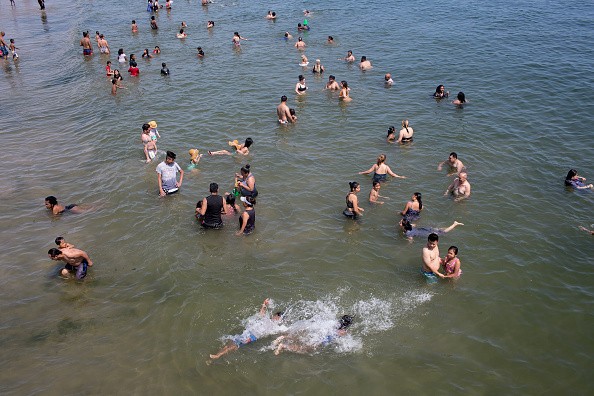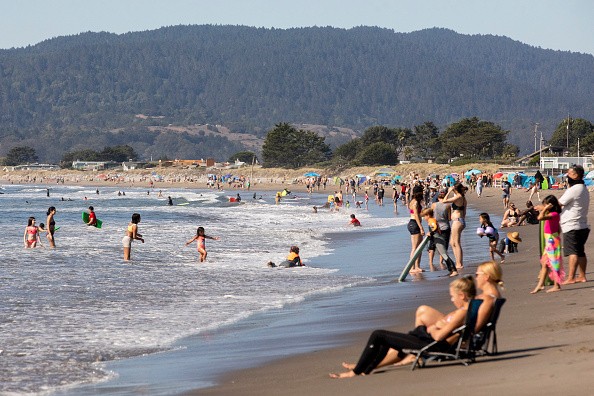Being able to cook an egg over pavement on a hot, sunny day comes with a reason. During the day, concrete, blacktop, bricks, parking lots, pavement, and buildings all absorb and continue to hold heat, then emitting the heat back out.
And with cities that have lots of pavement or numerous large buildings, it's not a surprise that metropolitan regions can experience higher temperatures than their rural match.

Urban Heat Islands
This isn't a dissimilarity of just a few degrees, in most cases. Neighborhoods found in cities that are highly developed can see mid-afternoon temperatures that are about 15 to 20 degrees greater than remote regions with more greenery and less development, as per the National Integrated Heat Health Information System (NIHHIS).
On Wednesday being July 14, Climate Central publicized a report giving details on how they made an index in order to make an evaluation on the intensity of urban heat islands and then employed it to 159 cities across the nation.
The top five cities that were scored as having the most severe urban heat islands are: New York City, Newark, Houston, New Orleans, and San Francisco, ranging from 7-9 degrees Fahrenheit higher on average.
Cities in the Midwest and Northeast
Large cities like Chicago, Illinois; Portland, Oregon (6 degrees); Richmond, Virginia (6 degrees); Charlotte, North Carolina (7 degrees) were also included in the study.
Midwest and Northeast cities were closely packed together, historically built-out environments, with gigantic buildings, which contributed to the extreme degree of their urban heat island footprint, as per the study. For now, cities like Houston and Fresno, California, attained higher because of a large percentage of impenetrable surfaces in their city's topography.
The report noted that perhaps shockingly, most cities in the intensely hot Southwest were lower on the index. And their rather low scores are large since their surrounding regions have temperatures that are almost the same as city temperatures.
It added that in spite of the not-too-high scores, that doesn't imply the cities aren't feeling heat impacts. Rather, it pointed up that the surrounding region of the city, which comprises desert or rock, are usually hotter because of a lower albedo.

Extreme Urban Heat as a Public Health Threat
Dr. Andrew Pershing, Director of Climate Science at Climate Central told AccuWeather Broadcaster Geoff Cornish, one can imagine that an urban heat island is basically anything humans do that increases the hotness of the environment around us, and many of those things get boosted the more the individuals you have living together, the more compactly populated you are, which clearly that's going to happen so much in an urban environment.
Intense urban heat is regarded as a public health threat as it increases air pollution and provides dangerous conditions for people that are not working inside or people inhabiting buildings that have no air condition.
Related Article: Haze Pollution and Hotter Cities in China and the US are Not Created Equal
For more news, updates about Urban Heat Islands and similar topics don't forget to follow Nature World News!
© 2025 NatureWorldNews.com All rights reserved. Do not reproduce without permission.





